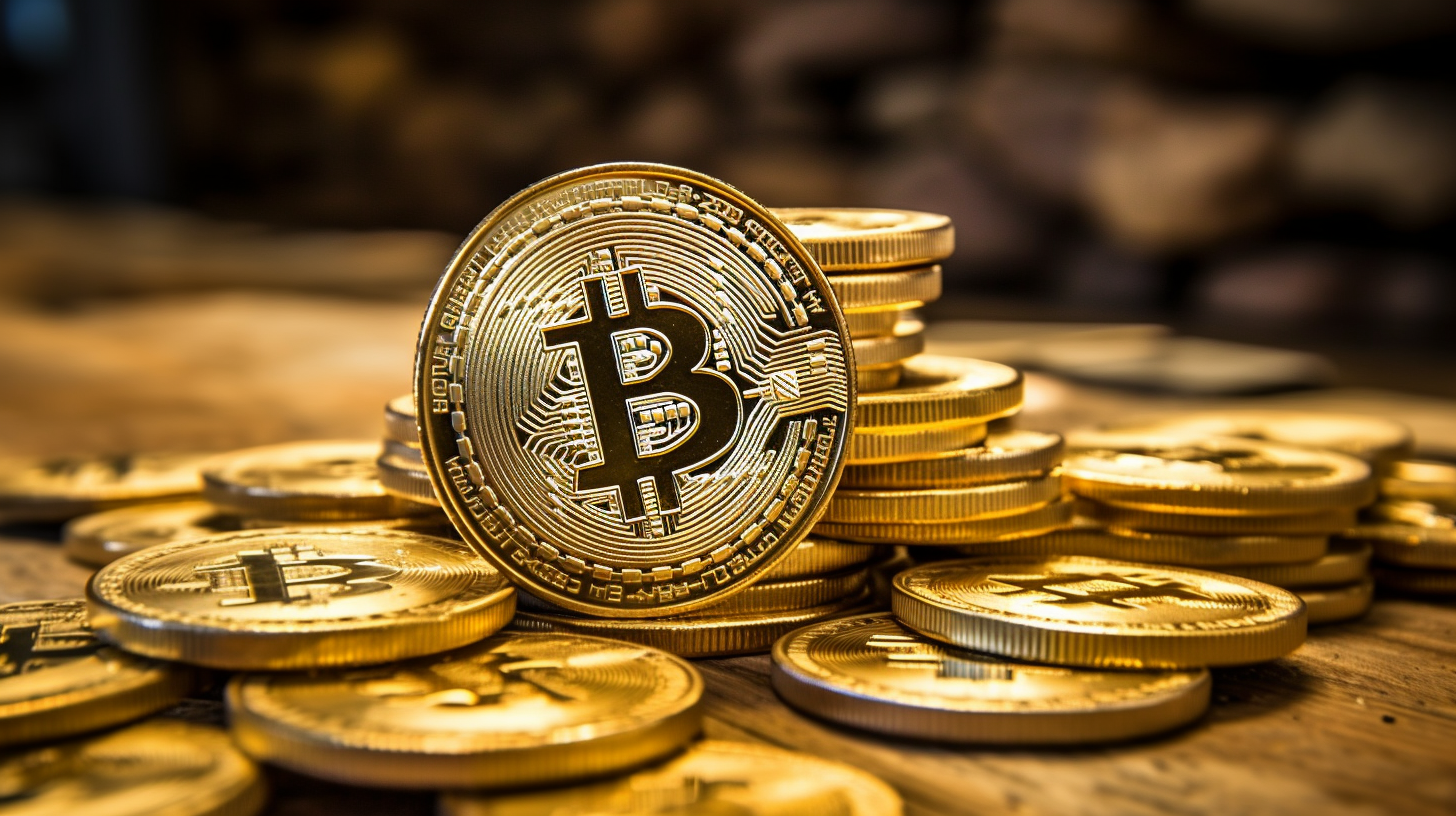In a dazzling shift of economic paradigms, Bitcoin has emerged not just as a leading cryptocurrency but as the foundational pillar of our modern economy, recalling the robust days of the gold standard. Gone are the days of banknotes and loose change jangling in our pockets. Instead, we find ourselves in a brave new world, where the clink of physical currency is replaced by the silent, yet profound, digital verification of blockchain transactions.
Just as gold once underpinned the value of currencies worldwide, Bitcoin now anchors our financial systems with a stability unseen since those glittering times. The concept might have seemed farfetched a few decades ago, but in a society where digital transactions reign supreme, Bitcoin’s indubitable scarcity has made it the new bedrock of global finance.
Why the comparison to gold, one might ask? Gold has long been valued for its scarcity and has been a repository of value throughout millennia. Similarly, Bitcoin, with its finite supply of 21 million coins, has become a modern-day digital equivalent, evoking the same sense of rarity and timelessness that has made gold an ideal standard for sound money.
Let us delve into the implications of this crypto-frontier – a world where financial sovereignty is expressed in strings of code and digital ledgers. The daily functioning of the crypto-society is a ballet of seamless transactions, each authenticated and transparent, with no need for bulky wallets or the fear of centralized banking entities pulling the economic strings.
Some of the most captivating ripple effects in this ecosystem revolve around the burgeoning ‘crypto-cities’, bastions of innovative progress where entire infrastructures are funded and maintained through Bitcoin and other cryptocurrencies. Imagine municipal projects that are crowdfunded by the very citizens that utilize them, creating a true sense of ownership and community collaboration.
However, challenges remain. Despite the inherent security of blockchain, the crypto-economy is not immune to the whims of volatility. Unlike the static picture of a gold bar, Bitcoin’s value can fluctuate wildly, driven by market sentiment and global developments – an Achilles’ heel that requires constant vigilance and adept maneuvering.
The international scene is equally as riveting, with trade agreements being codified on the Ethereum blockchain, ensuring unparalleled transparency and efficiency. It’s a grand reimagining of trade dynamics, where smart contracts automate processes that once tangled up countless hours of human labor in red tape.
Surprisingly, even in a world dominated by sophisticated tech, human nature persists. Hoarding behavior reflects the ‘gold rush’ of yesteryear, with ‘digital prospectors’ seeking to amass Bitcoin in the hopes of achieving unbridled wealth. And yet, alongside this, a philosophy of decentralized finance fosters a more egalitarian financial landscape, promising to redistribute power away from traditional banking elite.
The potential for a follow-up piece is substantial; this subject is ripe with evolving trends and innovations. From analyzing the ecological impact of this digital gold rush to exploring the newest advancements in crypto-security, the well of stories runs as deep as the very mines that once yielded the treasured ores of a gold-reliant society.
As our odyssey into the wondrous realm of a crypto-only economy continues, the role of Bitcoin remains as pivotal as ever. It has successfully transmuted the essence of gold into a form fit for the digital age, sealing its fate as the new standard bearer of value. Just as those who once turned to gold for assurance in times of uncertainty, we now look to Bitcoin, the cryptocurrency that has become synonymous with the future of finance.
